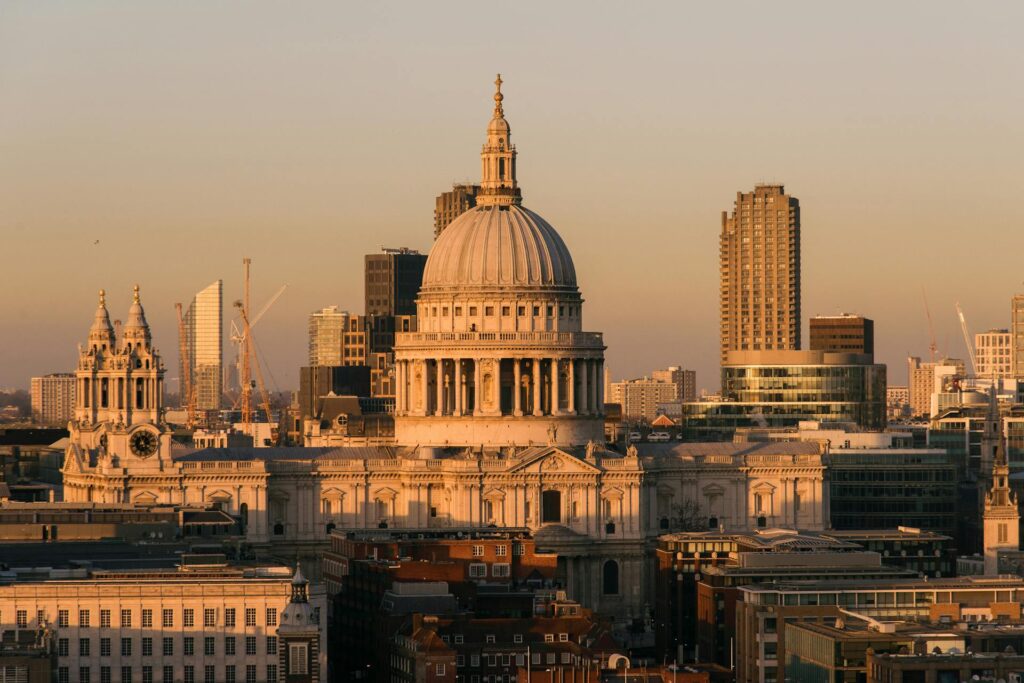 Foundations of Scholastic Thought
Foundations of Scholastic Thought
Scholasticism emerged in medieval Europe as a method of learning that sought to reconcile faith with reason. Rooted in the works of early Christian theologians and the philosophical traditions of Aristotle, scholasticism emphasized critical thinking and dialectical reasoning. Scholars in monastic and cathedral schools developed a systematic approach to theology and philosophy, striving to harmonize religious doctrine with intellectual inquiry.
Centers of Learning
The rise of universities in medieval Europe provided a fertile ground for the development of scholasticism. Institutions like the University of Paris and Oxford became centers of scholarly activity, where theologians and philosophers engaged in rigorous debate. The scholastic method, characterized by detailed analysis and structured argumentation, became the dominant mode of intellectual discourse, shaping the educational curriculum of the time.
Legacy and Impact
Scholasticism had a profound impact on medieval European thought and education. It laid the groundwork for the development of modern science and philosophy by fostering a spirit of inquiry and debate. Key figures like Thomas Aquinas and Peter Abelard made lasting contributions to theology and ethics, their works influencing the intellectual trajectory of the Western world. The scholastic tradition, with its emphasis on reason and structured analysis, left an enduring legacy on the academic and cultural landscape of Europe.
Conclusion
Scholasticism was a defining feature of medieval European intellectual life, bridging the gap between faith and reason. Its influence on education and philosophy continues to resonate, reflecting its pivotal role in shaping the intellectual history of the Middle Ages.
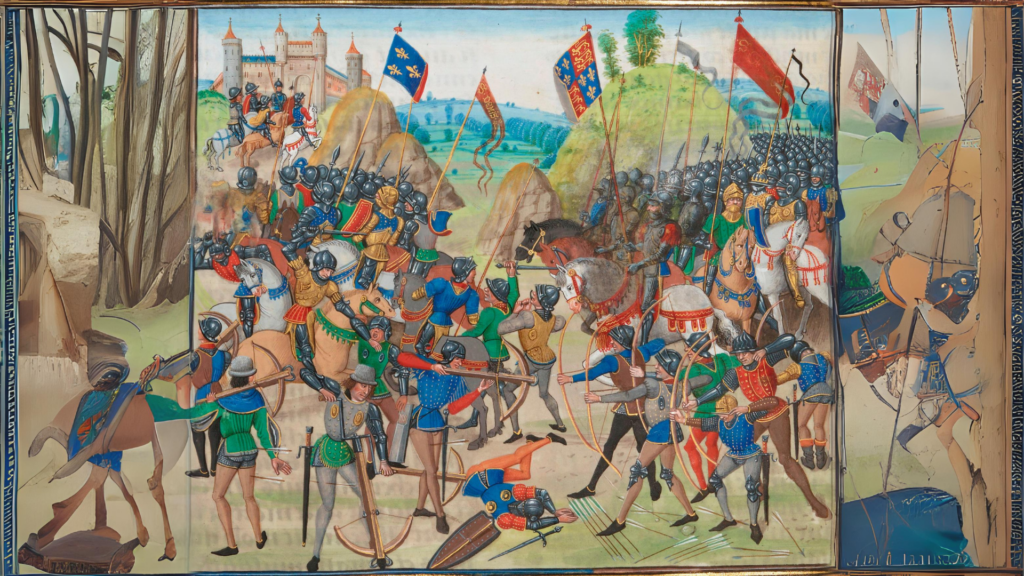 Early Medieval Tactics
Early Medieval Tactics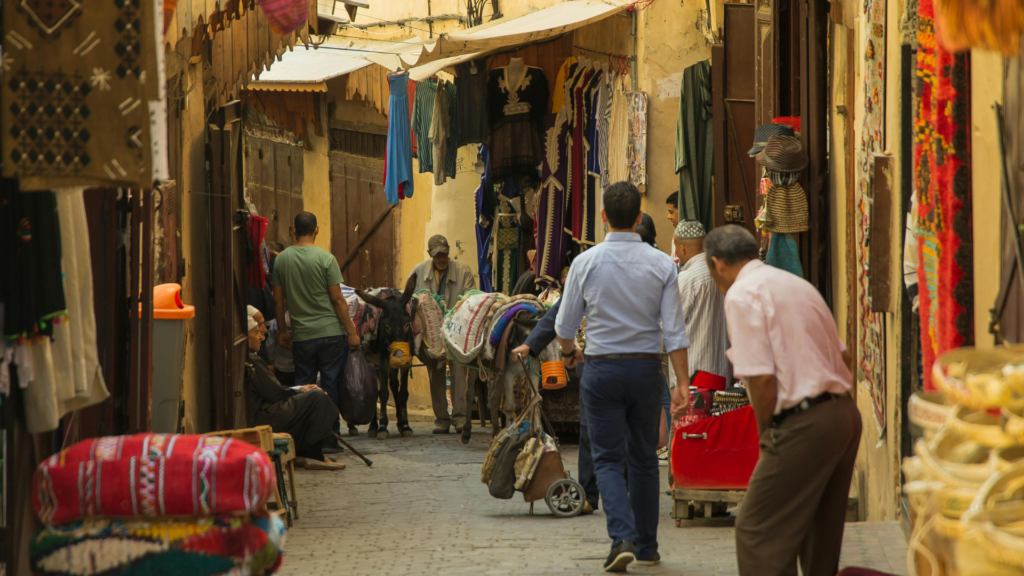 Regional Trade Hubs
Regional Trade Hubs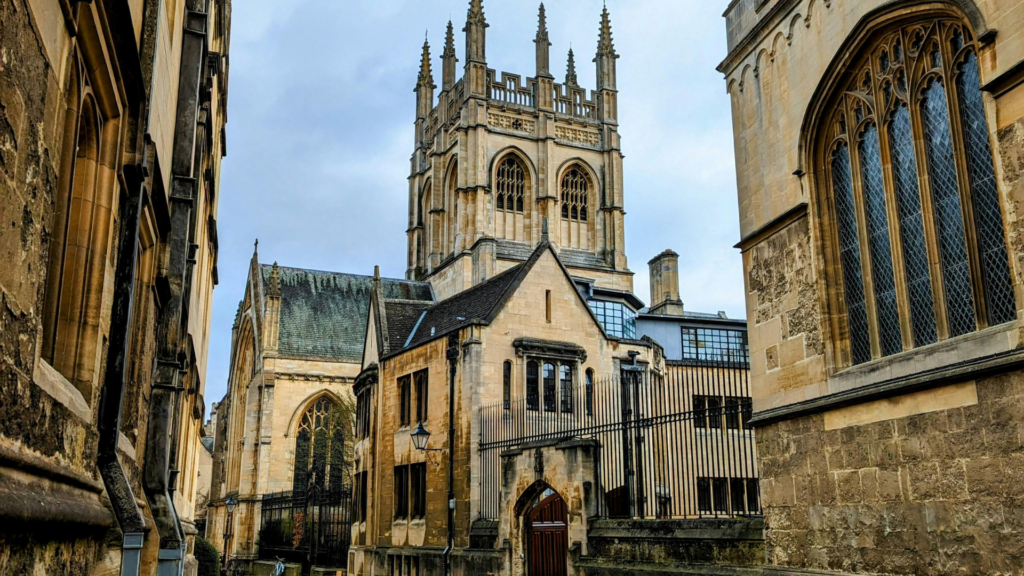 The Birth of Higher Education
The Birth of Higher Education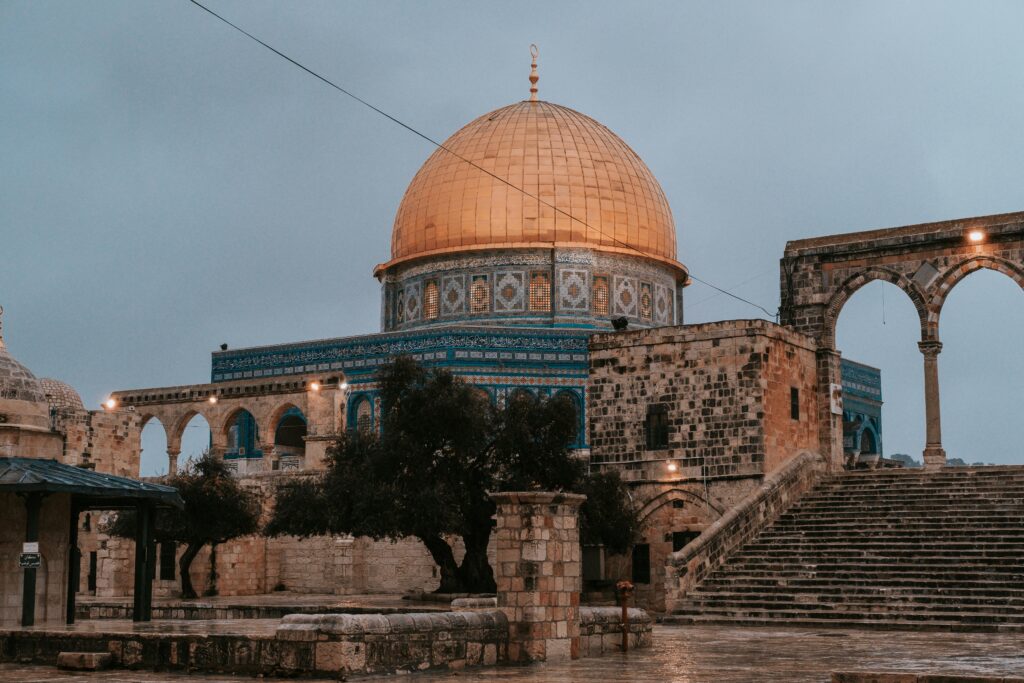 Flourishing of Knowledge
Flourishing of Knowledge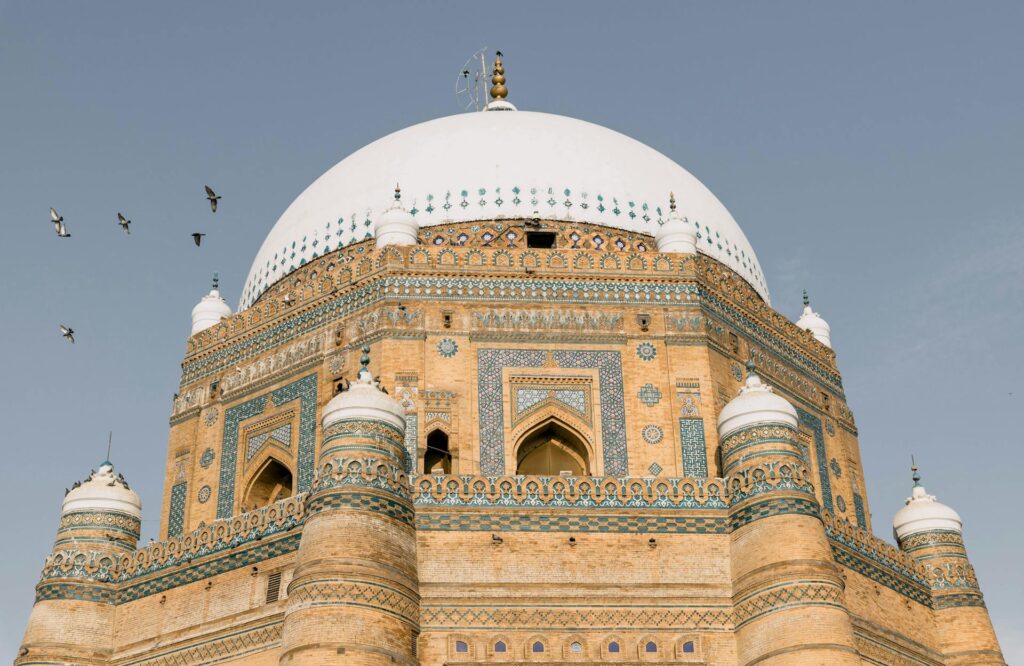 Origins and Practices
Origins and Practices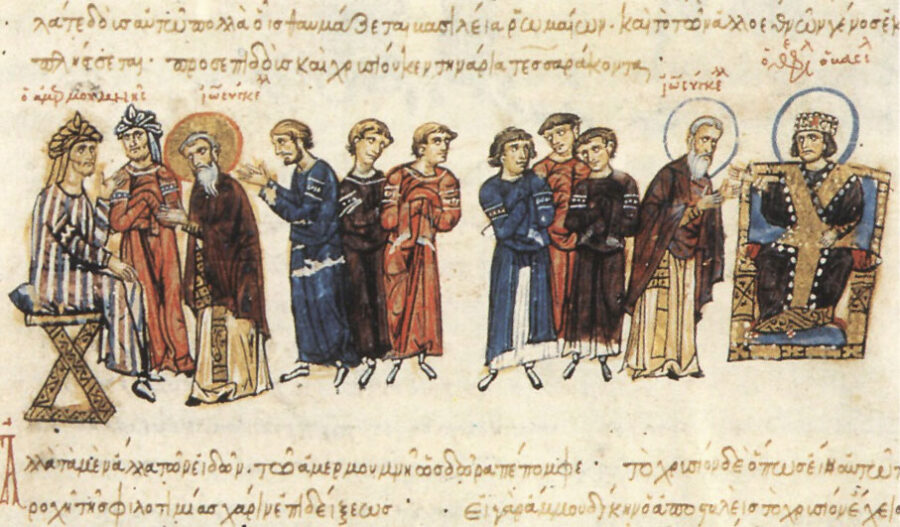 Pioneers of Medical Knowledge
Pioneers of Medical Knowledge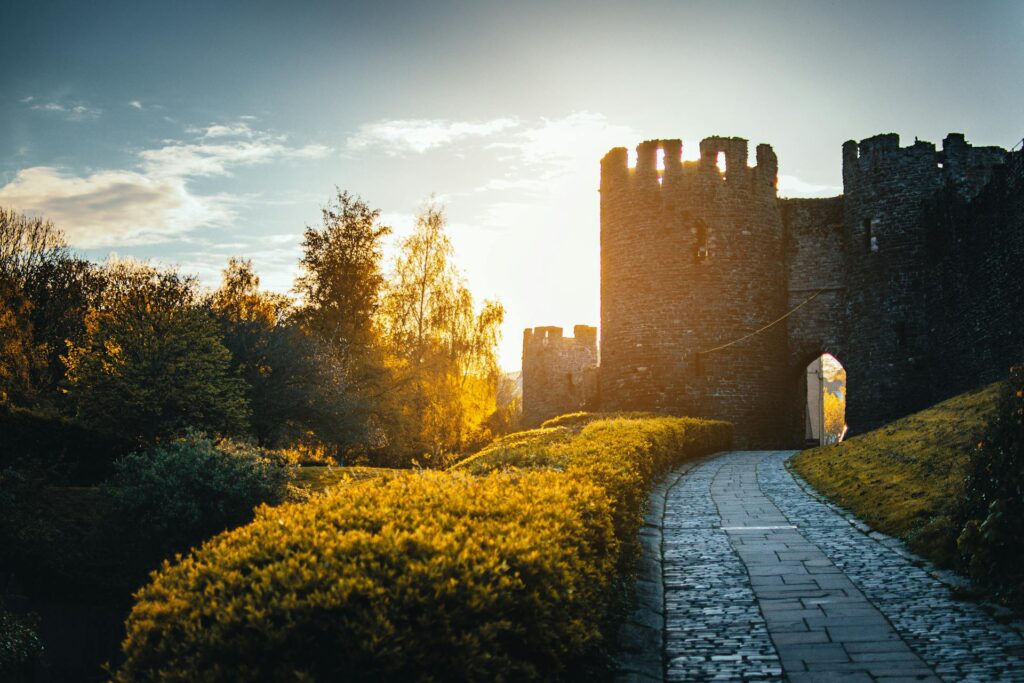 Formation and Functions of Guilds
Formation and Functions of Guilds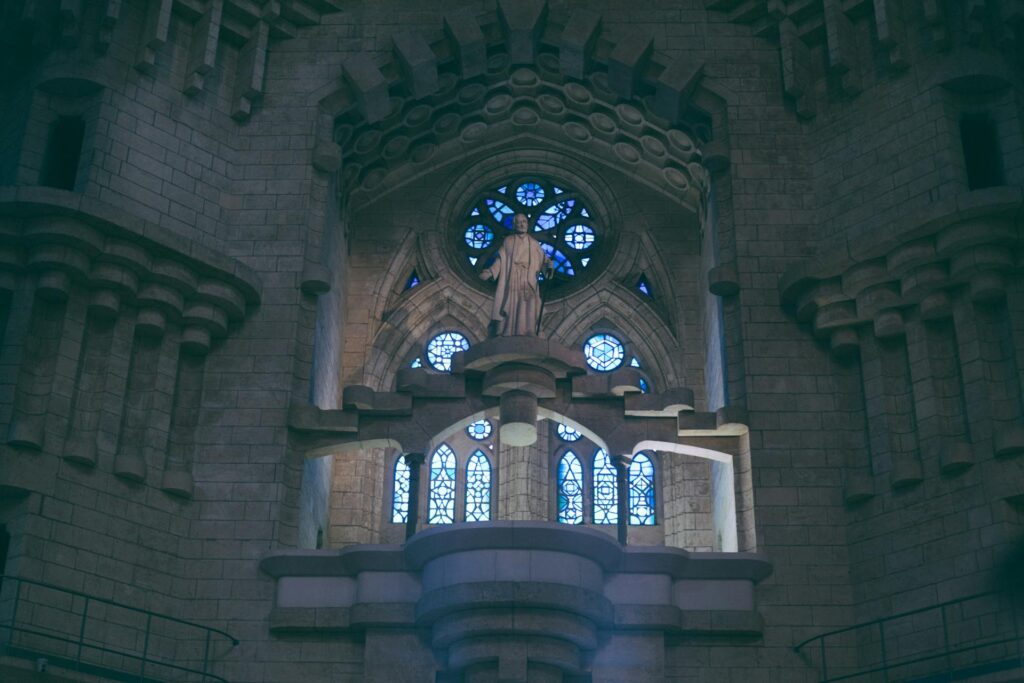 Religious Motivations and Goals
Religious Motivations and Goals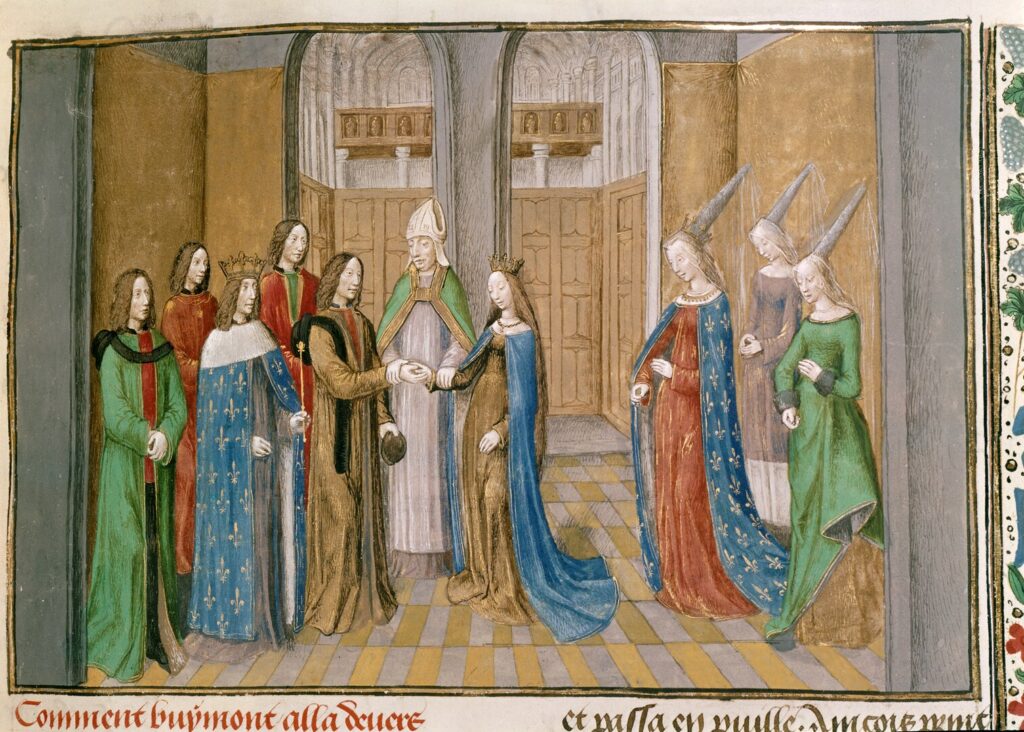 Daily Life and Responsibilities
Daily Life and Responsibilities